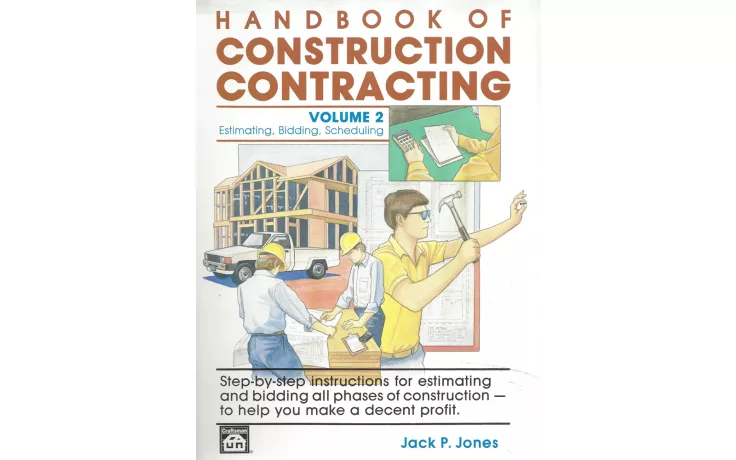Industry Snapshot
ARMA Q2 2023 Report Hints at End of Supply Chain Issues
Compared to the first quarter of '23, things are trending in the right direction

The Asphalt Roofing Manufacturers Association's Quarterly Product Shipment Report shows significant improvements in the roofing industry from Q1 to Q2 of 2023, suggesting potential resolution of supply chain issues. However, year-to-year comparisons indicate a decline in shipments, with material pricing listed as a top concern affecting business.
— Photos courtesy of RawPixel
The Asphalt Roofing Manufacturers Association’s latest shipment report shows massive improvements in nearly every category from the previous quarter, though year-to-year comparisons tell a different tale.
The association’s Quarterly Product Shipment Report tracks shipments of shingles, built-up roof [BUR] and modified bitumen in both the United States and Canada. When comparing the second quarter’s shipments to Q1 of 2023, the roofing industry might have reason to believe supply chain issues are resolved.
When comparing Q2 2023 to Q1 2023, the following data emerges (reported in squares):
- U.S. Shingles: 51 million, up 52%
- BUR Base, Ply and Mineral Sheet Caps: 1.8 million, up 31.17%
- Modified Bitumen: 12 million, up 25.27%
- Canada Shingles: 2.4 million, down 29%
For comparison, in 2022, the increases in product shipments ranged from 6% to nearly 16%. With U.S. shingle shipments seeing an impressive jump from 33 million to 51 million, along with commercial roofing products like BUR and mod bit on the rise, it seems supply chain shortages might be in the rearview mirror. The only tracked product with a decrease was shingles in Canada, dropping to 2.4 million from 3.3 million.
In his second State of the Roofing Industry, Brad Van Dam, vice president of MTL Holdings and the current President of SPRI, notes that the Global Supply Chain Pressure Index has course-corrected from its “frantic state” during the past few years, showing evidence for sunnier times.
“I realize stating ‘the supply chain will improve in 2023’ is a bit akin to saying snow may turn to water when the sun comes out, given how difficult it was during parts of the last few years; however, the most crucial point of the matter remains: what did we learn?” he wrote. “Planners were rewarded. Just-in-time ordering was not. Partnerships between and with distributors, manufacturers, and contractors were critical.”
Not Out of the Woods Yet
Quarter-to-quarter numbers are promising, but roofing professionals shouldn’t bust out the champagne just yet. According to ARMA’s data, comparing Q2 2023 to the same time last year shows declines in shipments.
- U.S. Shingles: Down 3.3%
- BUR Base, Ply and Mineral Sheet Caps: Down 17%
- Modified Bitumen: Up 1.8%
- Canada Shingles: 22.3%
Only modified bitumen products enjoyed an increase in shipments, albeit a minuscule 1.8%. For comparison, the differences between Q2 2022 and Q2 2021 were a mixed bag — shingles in both the U.S. and Canada were down that year, but BUR and mod bit saw increases of 6.4% and 4.2%, respectively.
Supply shortages may be normalizing, but not everything is status quo, and roofing professionals are keenly aware of this fact. In RC’s own 2023 State of the Industry report, just over half of survey respondents said supply chain and material shortages are a top challenge, up from 46% the previous year.

The Upshot
The top concern for 2023? Material pricing is listed at 55% in the State of the Industry report. Even if supply shortages are on the way out, pricing is affecting business. The “2023 National Subcontractor Market Report” from Billd, which surveyed nearly 900 subcontractors, said they paid an extra $97 billion out of their bank accounts for labor and materials in 2022.
“It represents 97 billion instances of subcontractors financing the entire industry, all while navigating uncertainty in their payment cycles and subpar access to capital,” the report states.
That number may shrink for 2023 if data from the Bureau of Labor Statistics is any indication. According to an analysis of BLS data by the Associated Builders and Contractors, construction input prices remained unchanged in June compared to the previous month. Overall construction input prices are 4.9% lower than a year ago, while nonresidential construction input prices are 4.5% lower.
“The pandemic-induced period of rapid construction input cost increases is over,” said ABC Chief Economist Anirban Basu in a written statement. “Today’s Producer Price Index data, along with yesterday’s Consumer Price Index release, show that inflation has slowed, at least with regard to goods prices. This recent moderation is partially due to a drastic improvement in supply chains; both international and domestic freight rates have plunged back toward pre-pandemic levels.”
Even so, Basu warns that construction input prices are still up more than 38% since the start of the pandemic. He said the combination of expensive materials, high interest rates that are expected to rise again and tight credit conditions will hamper construction over the next few quarters.
Looking for a reprint of this article?
From high-res PDFs to custom plaques, order your copy today!








